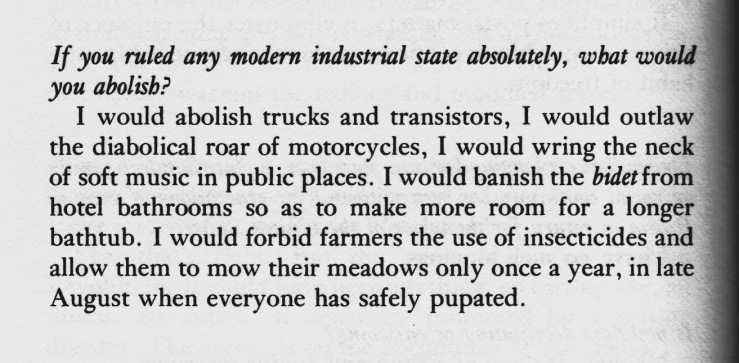It’s sometimes called “Einstein’s Riddle” because, according to legend, Einstein invented it as a child. Others say that the puzzle was actually designed by Lewis Carroll, best known as the author of Alice’s Adventures in Wonderland. (Carroll was also a logician.) Where did this brain teaser originate? We’re not really sure. Perhaps it was a 1962 issue of Life International magazine.
In any event, “Einstein’s Riddle” is a good test of your mental agility. They say that only 2% of the population can solve the problem. The TED-Ed video above will walk you through one version of the riddle. If you don’t want any assistance, you can find other versions online.
If you would like to sign up for Open Culture’s free email newsletter, please find it here. Or follow our posts on Threads, Facebook, BlueSky or Mastodon.
If you would like to support the mission of Open Culture, consider making a donation to our site. It’s hard to rely 100% on ads, and your contributions will help us continue providing the best free cultural and educational materials to learners everywhere. You can contribute through PayPal, Patreon, and Venmo (@openculture). Thanks!
Related Content:
Albert Einstein Imposes on His First Wife a Cruel List of Marital Demands
Listen as Albert Einstein Reads ‘The Common Language of Science’ (1941)
Albert Einstein Expresses His Admiration for Mahatma Gandhi, in Letter and Audio
Happiness is Losing Yourself in Creativity (or “Finding Flow”)




